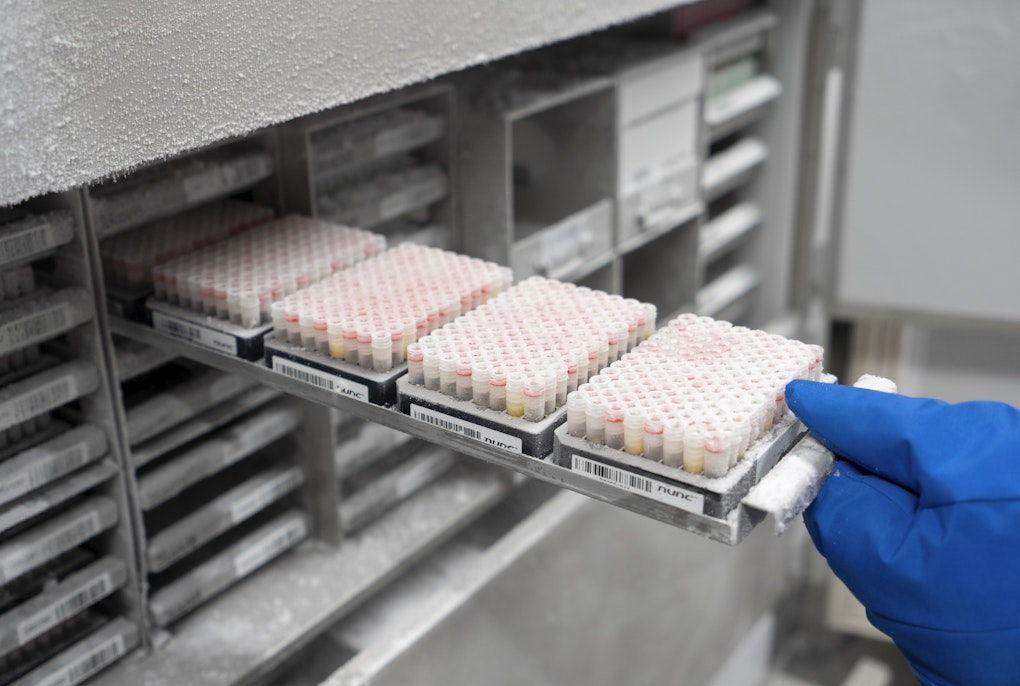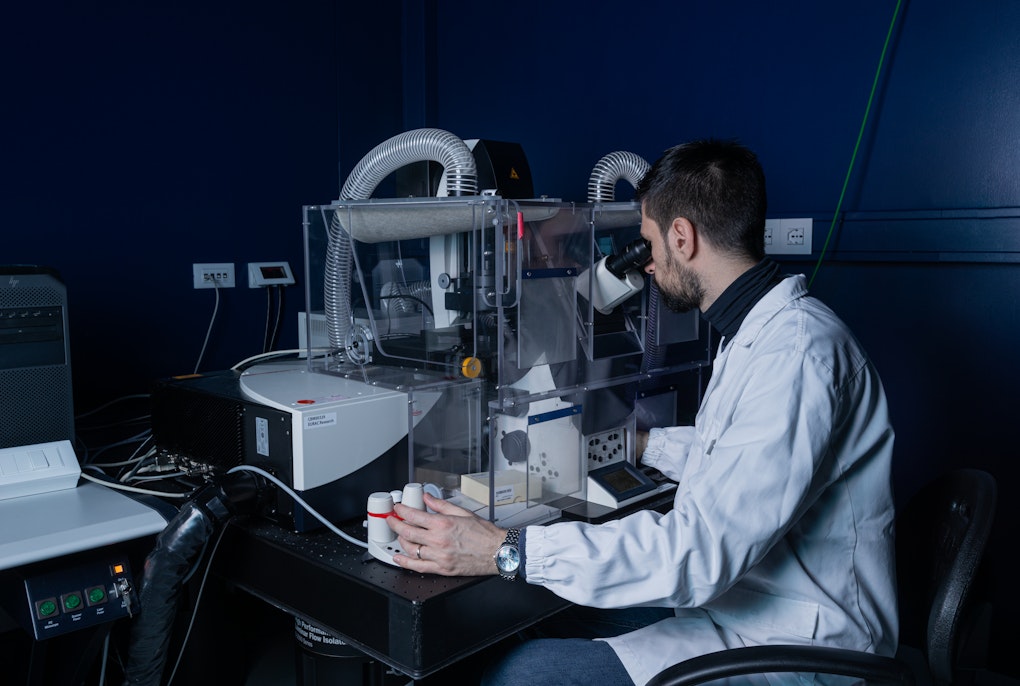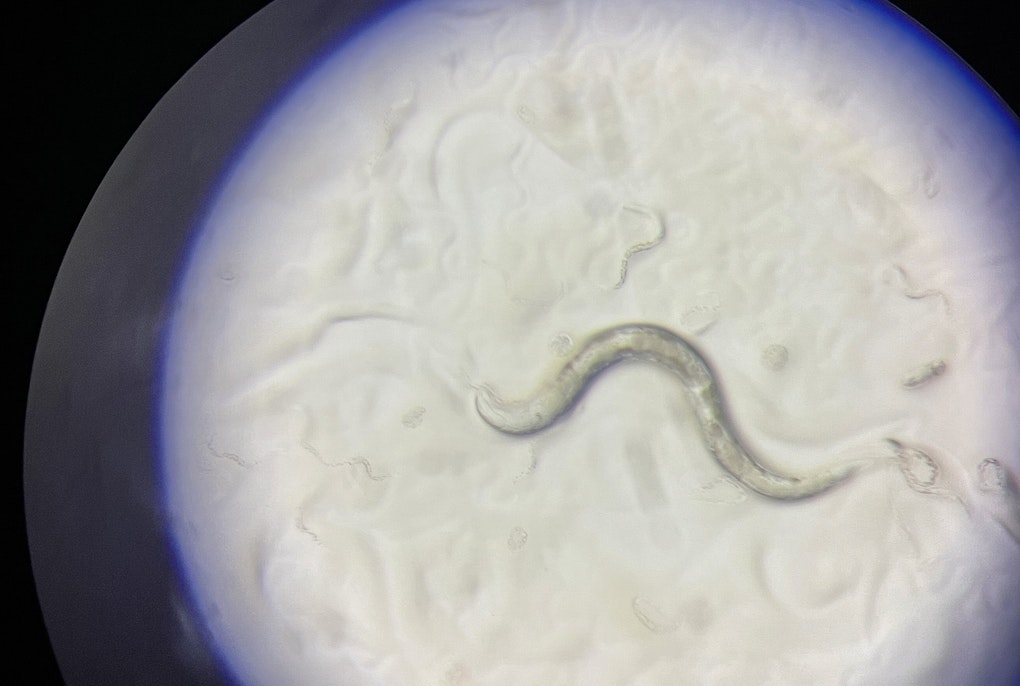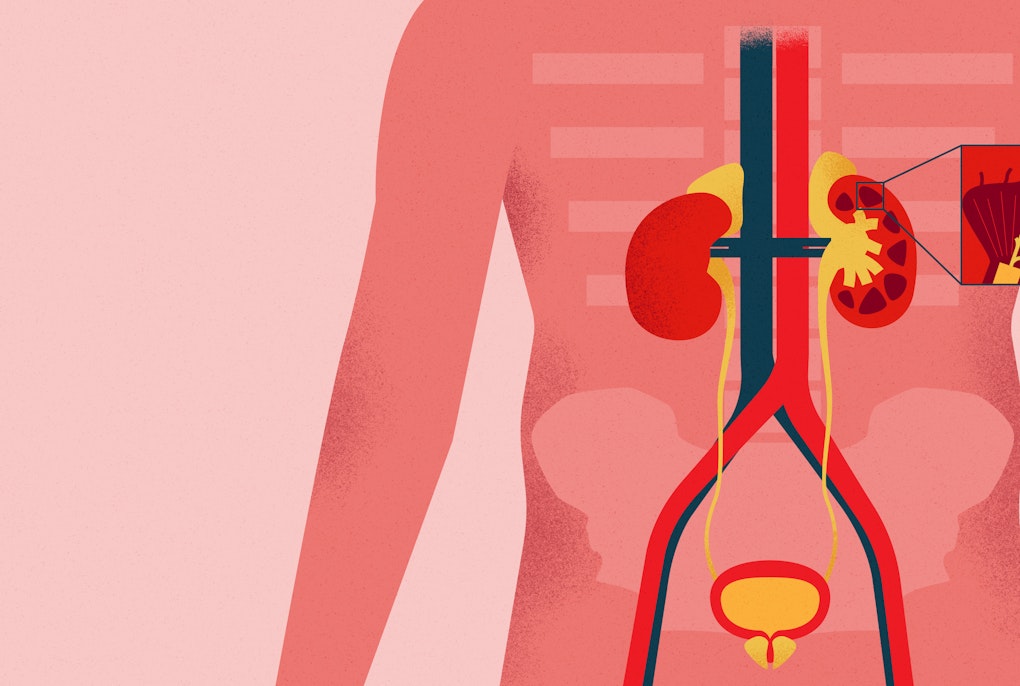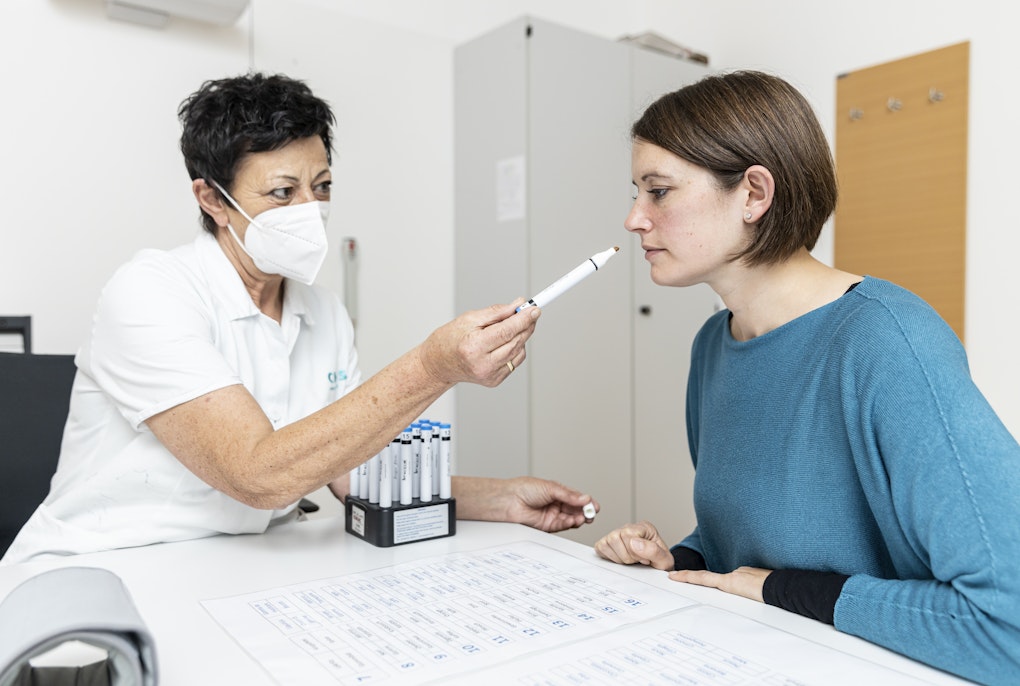magazine_ Article
Parkinson’s research: new approaches for early detection
For the first time, markers have been identified at the cellular level that indicate mitochondrial defects even in the absence of physical symptoms
Many healthy people carry genetic mutations that could increase the risk of developing Parkinson’s disease, however in all likelihood they will never develop it. A study by Eurac Research has examined healthy mutation carriers and, for the first time, used cell models to identify the so-called “molecular markers” that play an important role in detecting molecular dysfunction in the early stages of Parkinson's disease, and in the search for protective factors.
Currently, there is no therapy for Parkinson’s that can halt the disease process. However, early detection and the investigation of possible risk factors are particularly important. This is because by the time Parkinson’s is diagnosed, the disease has usually already done a great deal of damage: at least half of the neurons in the substantia nigra in the midbrain will have perished before the typical symptoms appear. That is why research is currently focusing on methods for early detection. The aim is to detect and stop the degeneration process of the neurons as early as possible.
What makes our study so different is that we examined healthy people who carry a genetic mutation but otherwise show no symptoms of the disease.
Irene Pichler, molecular biologist
This is where a study by Eurac Research’s molecular biologist Irene Pichler comes in. Together with her research team, Irene examined cell models of participants in the CHRIS Study (a long-term population study in the Vinschgau Valley, which Eurac Research is conducting with the South Tyrolean Health Service). The participants have a heterozygous mutation in the so-called Parkin gene, i.e. a change inherited from only one parent; Parkin is one of the genes responsible for a hereditary form of Parkinson’s, but only if a mutation is inherited from both parents (homozygous mutation). “What makes our study so different is that we examined healthy people who carry a genetic mutation but otherwise show no symptoms of the disease,” Pichler explains.
Inherited: from one parent or from both?
People who inherit a mutation in the Parkin gene from both parents (homozygous or compound heterozygous, i.e. the same mutation or two different mutations from both parents) are very likely to develop the disease, usually an early-onset form of Parkinson’s, often before the age of 45. Fortunately, however, this is rare. More often, a mutation is inherited from only one parent (heterozygous mutations). The CHRIS Study makes it possible to identify and study carriers of such heterozygous mutations of the Parkin gene. These mutation carriers are clinically healthy. The likelihood that individuals with heterozygous mutations develop the disease is very low; if the disease does occur, it is usually at an advanced age and only with mild symptoms. Nevertheless, the likelihood of disease is probably higher than in people without a mutation in the Parkin gene, and it is therefore important to identify molecular biomarkers and protective factors.
Analysis: in detail
Blood cells were taken from participant samples and lymphoblast cell cultures were created from them. These cell models were kept in culture for several weeks and then examined. Induced pluripotent stem cells were also generated from the participants, which were then differentiated into neurons (nerve cells) and grown in the cell culture dish for months before they were examined. This process had to be repeated several times.
Induced pluripotent stem cells are cells that are reprogrammed to revert to a stage similar to that of embryonic cells thus becoming “neutral” stem cells. They can then be transformed (differentiated) into any cell type, in the case of this study, neurons. © Eurac Research | Fabio Dalvit
“In both complementary cell models, we studied the effects of the mutation at the cellular level,” emphasizes Maria Paulina Castelo Rueda, who worked on this project for her doctoral thesis. In both the cell models of blood cells and those of neurons, the research team measured mitochondrial function. This is because it is known that the mitochondria, which supply cells with energy, are impaired when the Parkin gene is mutated.
The great potential of the study results lies in the fact that the markers can be used in the future. On one hand, to counteract early before the disease has already done too much damage, through intervention strategies and, on the other, to monitor new therapeutic approaches and their effectiveness.
Irene Pichler, molecular biologist
Markers for early detection - the potential of study results
Both cell models - blood cells and neurons - showed abnormalities in mitochondrial function, such as lower efficiency of the respiratory chain and increased production of free radicals, which resulted in energy production no longer functioning optimally. “In blood cells, which are continuously renewing themselves, it looks like a compensatory mechanism is underway that makes the mitochondria work even harder to compensate for the stress generated by a Parkin mutation,” Pichler explains. So, while the team was able to measure increased mitochondrial function in blood cells, attenuated mitochondrial function was seen in neurons. The defect there is also more serious because neurons in particular need a lot of energy for their metabolic processes and are therefore especially dependent on mitochondria. “The exciting thing is that such deficits in mitochondrial function can be detected at the cellular level in healthy mutation carriers; the effects are less pronounced than in patients with Parkinson’s disease,” says Pichler. The next step is now to explore this in more depth with a larger number of study participants. It is also not yet clear which additional factors, such as age and environmental influences, can impair mitochondrial function in interaction with a Parkin mutation to such an extent that this can promote disease processes. With such markers, however, it might be possible to detect functional limitations of the mitochondria at a very early stage - we are talking about years or perhaps even decades before health problems or symptoms of a disease could occur,” says Pichler. However, it is not possible to predict whether heterozygous carriers will develop disease symptoms. She resumes “The great potential of the study results lies in the fact that the markers can be used in the future. On one hand, to counteract early before the disease has already done too much damage, through intervention strategies and, on the other, to monitor new therapeutic approaches and their effectiveness.”
For more on Parkinson's disease, see our dossier
The study "Molecular phenotypes of mitochondrial dysfunction in clinically non-manifesting heterozygous PRKN variant carriers" can be downloaded at the following link: https://www.nature.com/articles/s41531-023-00499-9

